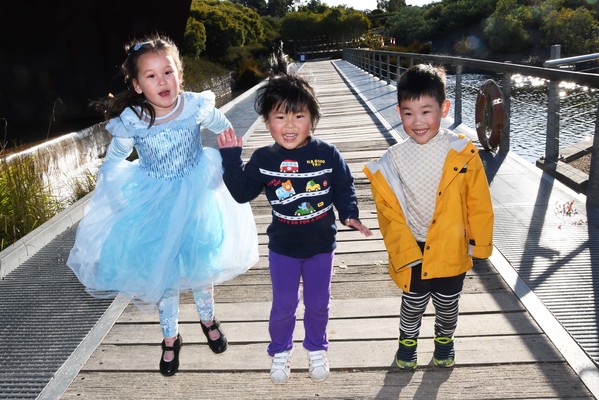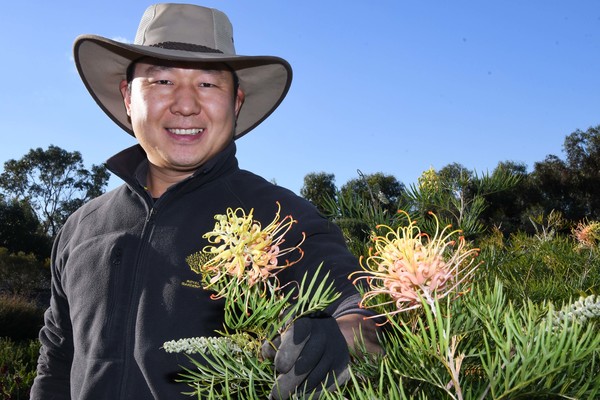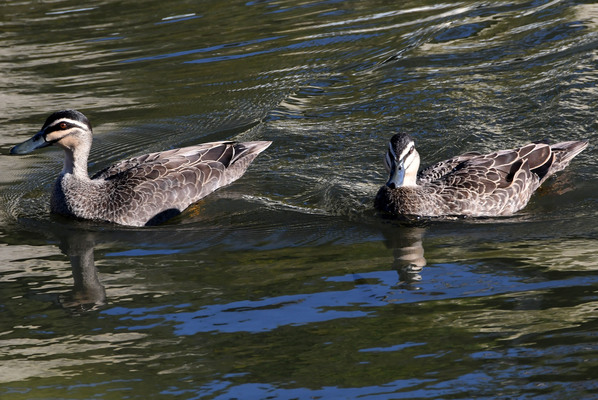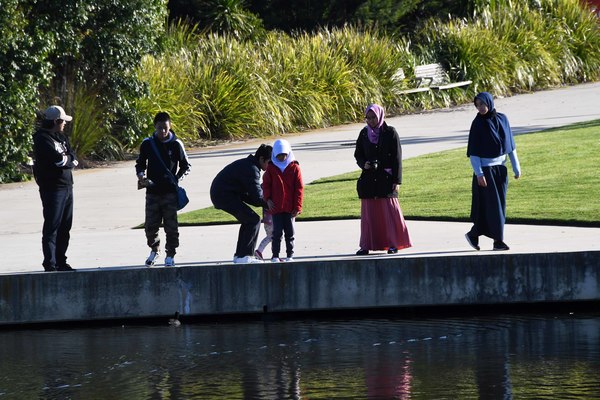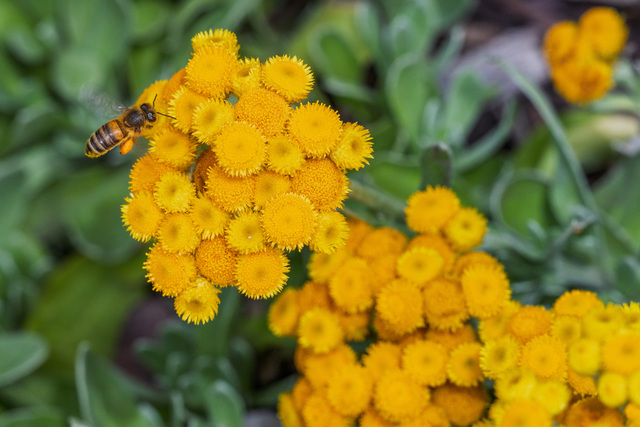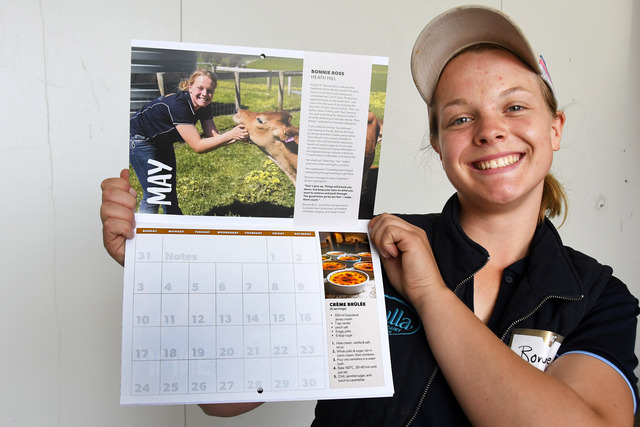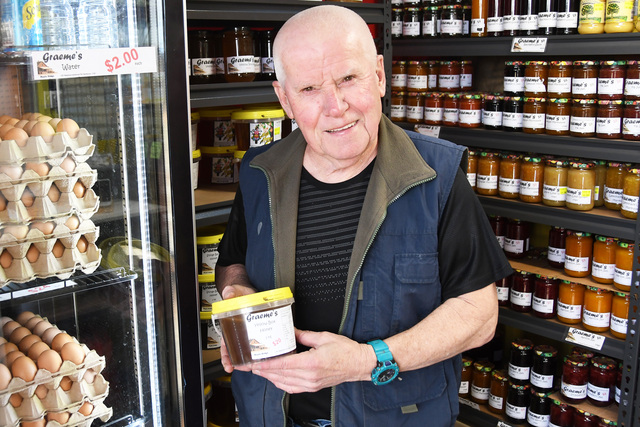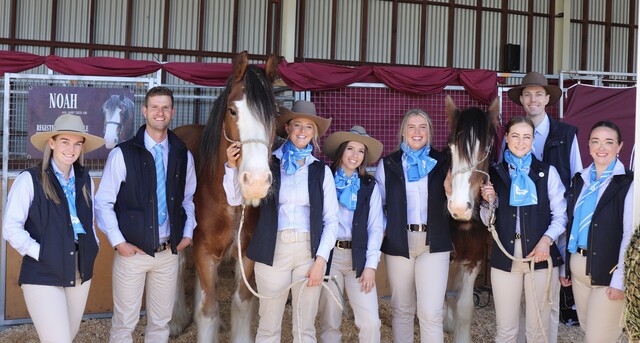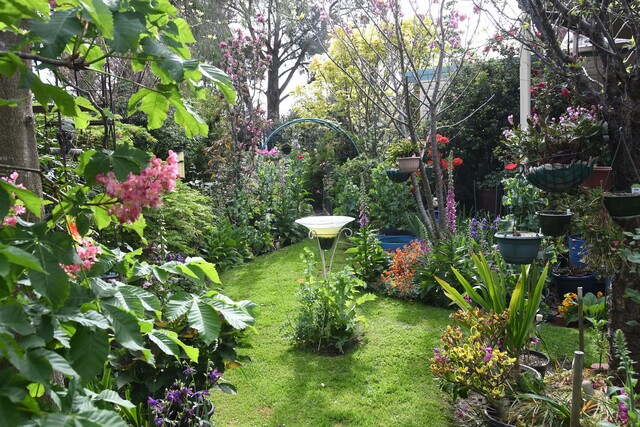People have flocked to Cranbourne Gardens to soak up some autumn sun as the gates reopened to the public on Wednesday 13 May.
Some strolled while children brimmed with smiles as they walked around the garden, watching ducks splash in the water, and enjoying everything nature had to offer following weeks of being cooped up at home.
Cranbourne Gardens is open daily from 9am to 5pm, however the café, playgrounds, including the kids backyard, all barbecues, and the gardens shop remain closed until further notice.
There are currently no tours or events taking place and to keep visitors and staff safe, capacity in public areas and visitor centres is restricted and groups must be no more than 10 people.
Some of the narrow garden pathways are one-way and advise visitors to follow all signage and maintain a safe distance.
“We recommend visitors bring their own hand sanitiser and practice good hygiene,” the Cranbourne Gardens say.
The Cranbourne Friends of the Royal Botanic Gardens of Victoria said: “It is good to know that we can once again enjoy the Gardens and there will be lots new to see. It’s not only our home gardens which have benefited from this enforced layoff – the Gardens staff have been busy.”
Public programs, events and specialist groups activity (including the Growing Friends) remain on hold until 31 May, the Cranbourne Friends say.
“Arrangements will be reviewed as further announcements are made by government. Please note that the Friends have cancelled all activities and events until the end of August 2020.”
During the Garden’s closure with less people around, species of all kind including wallabies, birds, frogs, wombats, echidnas and the only remaining urban population of Southern Brown Bandicoots, have been venturing from their remnant bushland and making visits to the Gardens’ horticulturists and office staff.
Dedicated teams have also continued to protect the Gardens’ precious collections of plants during the lockdown while conducting conservation projects critical to the long-term protection of Victoria’s biodiversity.

